DAVAO DE ORO – Dabawenyo senior citizen beneficiaries found new avenues to increase their income through the program’s livelihood projects of the Department of Agriculture-Special Area for Agricultural Development (DA-SAAD).
As per the Philippine Statistics Authority, the poverty incidence among senior citizens in 2018 averaged 9.1% in the Philippines. In Region 11, 10.9% of the entire senior citizens’ population was impoverished.
In addition, the National Economic and Development Authority Region 11 reported in its 2019 Annual Regional Economic Situationer that 263,411 poor senior citizens in the region needed to be covered by social pension.
DA-SAAD Region 11’s animal- and crop-based projects were key to these senior citizens living an improved quality of life.
The Beneficiaries
Maria Fe Cabuguas and Jacinto Navaluna, both 60, benefitted from the SAAD Program upgraded Native chicken production, supplementing their meager incomes by at least Php 1,000 every month.
On the other hand, Remegio Linganay (72) and Filipina Gitolongka (64) took advantage of the upgraded goat production and OPV corn production.
Upgraded Native Chicken Production
SAAD Region 11’s Upgraded Native Chicken Production was one of the pilot interventions identified since the program’s establishment in the region in 2018. Every year since then, the project had become a mainstay in the program’s interventions, benefitting more than 11,000 individual beneficiaries and 14 farmers’ associations.
An upgraded Native chicken is the offspring of a Native and other chicken breed pairing. Some chicken breeds matched with the Native one for the project were Dekalb Brown, Australorp, and Paraoakan.
Maria Fe Cabuguas (60 years old), Brgy. Katipunan, Nabunturan
Maria Fe Cabuguas, a mother of four, received the SAAD intervention in 2018. She was given 6 pullets, two cockerels, and a sack of cracked corn as feed.
Three of her children have been married, but alongside a husband who earns from Cardava banana production, she provides for a son and a grandson.
In the two years that followed, she intermittently sold chicken while priming the brood. Although she didn’t remember the first time she actually sold chickens from SAAD interventions, she reported that from November 2020, she earned more or less Php 15,000 from monthly disposal of the poultry.
“Taglima jud akong ginabaligya taga-bulan, minimum na. Kay kanang lima musubra na man na ug lima ka kilo, usahay makaabot pa ug pito o walo,” Cabuguas said. “Nakabaligya jud ko ug sobra pulo, ibutang lang nako sa sack bag, akong bangagan. Di man ko maulaw. Magsakay ko ug jeep magdala-dala sa sinako,” Ms. Cabuguas said.
(I sell at least 5 monthly. Those 5, it’ll exceed five kilos, sometimes it’ll go as high as 7 to 8. I did sell more than 10 (in one transaction), I put them in a sack bag with holes. I don’t get embarrassed. I commute via jeepney bringing the sack with me.)
As advised by SAAD’s area coordinators, Ms. Cabuguas recorded her monthly income from selling chicken in the last five months. She earned more than Php 7,900, averaging at Php 1,590 per month.Table 1. Maria Fe Cabuguas’ Upgraded Native Chicken Production and Income
| Month | Gross Liveweight (kg) |
Price per kilo (Php) |
Income (Php) |
| April 2021 | 6.3 | 180 | 1,134.00 |
| May 2021 | 9.5 | 200 | 1,900.00 |
| June 2021 | 3.0 | 200 | 600.00 |
| July 2021 | 11.7 | 200 | 2,340.00 |
| August 2021 | 10.4 | 190 | 1,976.00 |
| Total | 7,950.00 |
“Akoang mga ginabaligyaan, di man pud jud mubalibad kay mukuha man jud sila. Sila pa may muingon nako nga kung mubaligya ko, magingon ko kay sila na mukuha diri pero ok ra man gud kaayo sa akoa na ako na muadto,” she shared.
(Those I sell to; they always buy. They even told me that when I plan to sell I give them a head’s up so that they’ll come here to fetch the poultry but it’s fine with me that I’m the one who goes to them.)
Ms. Cabuguas’ buyers consist of a carinderia and several individual consumers both in her neighborhood and neighboring towns. The additional income from selling chicken provided for the daily food consumption of the family.
“Dako jud kaayo ang tabang labi na sa amoang konsumo, kanang mga importante nga bayrunon. Dali na lang sa akoa kay mudakop ra ko. Dako kaayong tabang kay igo na lang jud mi muatiman,” Ms. Cabuguas enthused.
[A big help (talking about the SAAD program) especially with our daily needs, bills to pay. It’s now easier for me (to earn money) because all I need to do is catch some chicken. It’s a great aid because all we have to do is to take care of the project.]
As of writing, Ms. Cabuguas has at least 60 upgraded brood chickens, 40 of which are primed for selling. The remaining consists of 9 hens with two actively laying eggs, two cocks, and chicks.
Jacinto Navaluna (60 years old), Brgy. Katipunan, Nabunturan
Providing for a family of 6, his brood of upgraded chicken provides at least Php 3,000/month. In a similar fashion with Ms. Cabuguas, he sells upgraded chicken in live weight to several buyers.
“Tungod sa paningkamot, mulambo man jud ang bisan unsa. Dako kaayo ug tabang ang SAAD sa akoa. Didto jud ni nagsugod atong mga manok nila kay taas ug rasa,” Mr. Navaluna said.
(Through consistent efforts, anything can prosper. SAAD was a big help to me. It started with their chicken because it had a better breed).
This year, SAAD Region 11’s upgraded chicken production shifted from individual beneficiaries to groups, with hopes that it will turn farmers into agripreneurs.
Open Pollinated Variety (OPV) Corn Production
In 2019, Remigio Linganay from San Antonio, Laak, received both OPV corn and upland rice implements from SAAD Region 11. However, the upland rice didn’t result in profit, but the OPV corn did.
From the 5-kilogram (kg) OPV corn, Mr. Linganay planted his ¼-hectare plot and harvested five sacks amounting to Php 5,000 sold at Php 12/kg. With the income, he paid two months’ worth of motorcycle payments.
“Bisan na-failure ko sa rice, naa man gihapoy abot ang mais. Kana mapasalamaton nako kay wala na ko nigasto para ana,” Mr. Linganay remarked.
[Even though the rice was a failure, I was still thankful for the OPV corn harvest because I didn’t pay for it (referring to the seeds)].
Upgraded Goat Production
Upgraded goat production was aimed to provide SAAD beneficiaries with climate-hardy goats in GIDA and ELCAC areas of Davao de Oro. Similar to the Upgraded Native Chicken Production, it was piloted in 2018, originally benefitting five municipalities in the province. This year, all 11 municipalities will be given the project’s inputs.
SAAD Region 11’s upgraded goats are offspring of the Native breed and either Anglo-Nubian and Boer breeds. This was done to ensure exceptional live weight potential when the small ruminants are sold. The Boer breed, specifically, was bred for meat purposes.
Filipina Gitolongka, a resident of San Antonio in Laak, was given upgraded goats in 2019. She opted for two nannies. She and her husband, Paquito, cultivated a hectare farm with several banana varieties including Cardava, Tundan, and Binangay.
From the two nannies, she increased the herd to four. “Akong gihimo kay naa may gihatag ang DENR sa amoa nga katong flemingia ug rhinzoni, kato didto ko nagpakaon sa ilaha sa akoang gitanom,” Ms. Gitolongka shared.
(What I did was, there were flemingia and rhinzoni given by the DENR, I pastured the goats on the spots I planted those.)
When her grandchild was hospitalized, Ms. Gitolongka made the choice to sell the two does and earned Php 7,500.
“Katong kanding sa SAAD, nakatabang jud sa pagpahospital sa akoang apo, mao nang mapasalamoton kaayo ko,” Ms. Gitolongka added.
(The goat from SAAD helped in the hospitalization of my grandchild, that’s why I was grateful.)
This year, SAAD allotted more than Php 13 million for the Upgraded Goat Production, the biggest among its 6 production projects. ###
Writer: James Brian Flaga, SAAD Region 11 Information Officer
Editors: Myer Mula, Ulysses Lustria, Jr., Jhomai Canlas, and Jennifer Valcobero
Source: DA-SAAD Davao de Oro, Table 4. Poverty Incidence and Magnitude of Poor Senior Citizens, by Region, 2015 and 2018, https://nro11.neda.gov.ph/wp-content/uploads/2020/09/2020-2nd-QRES-Quarter_for-website.pdf

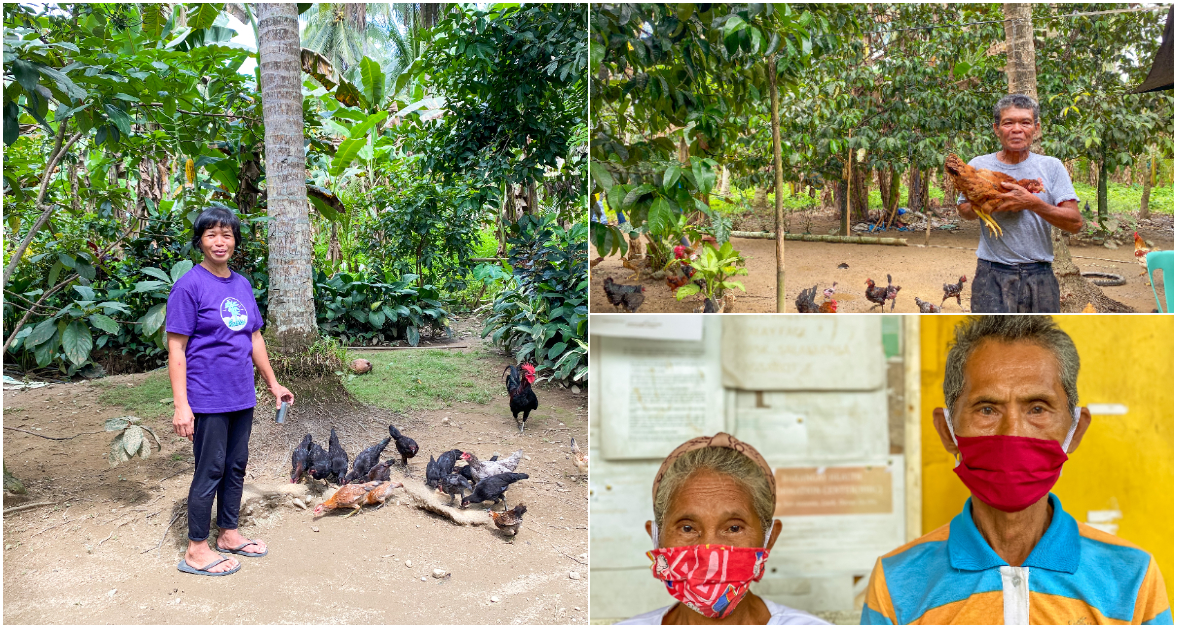
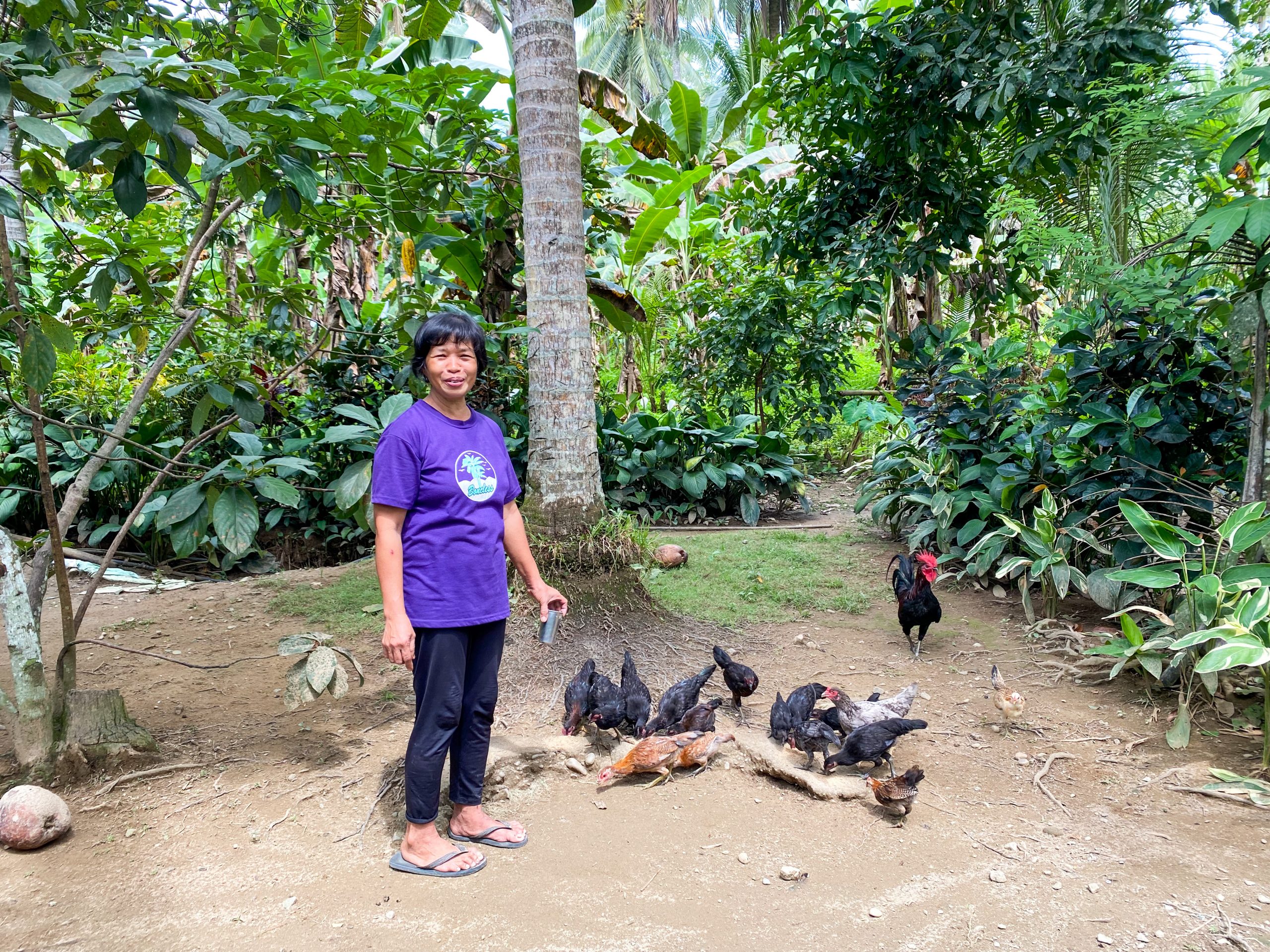
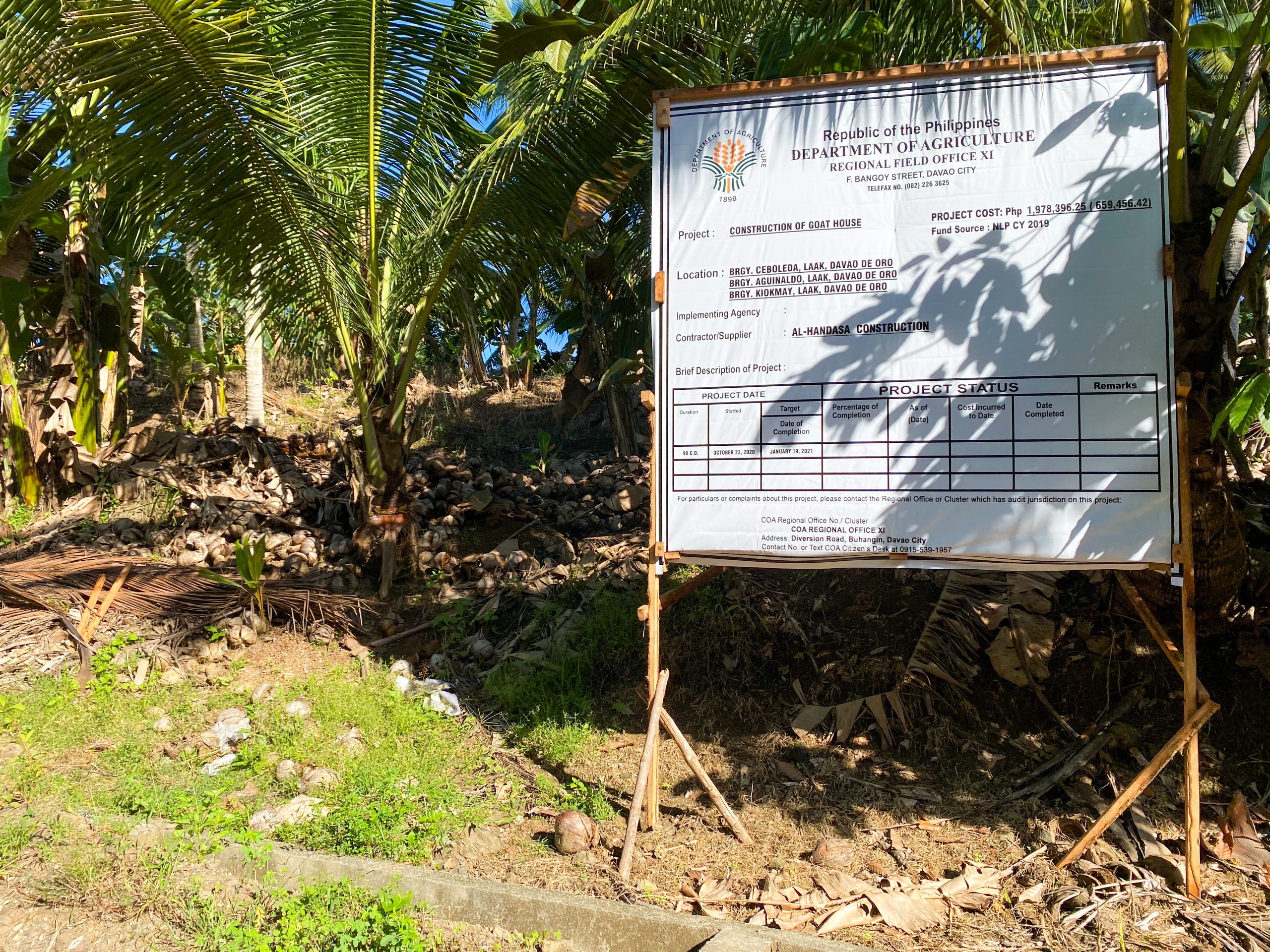
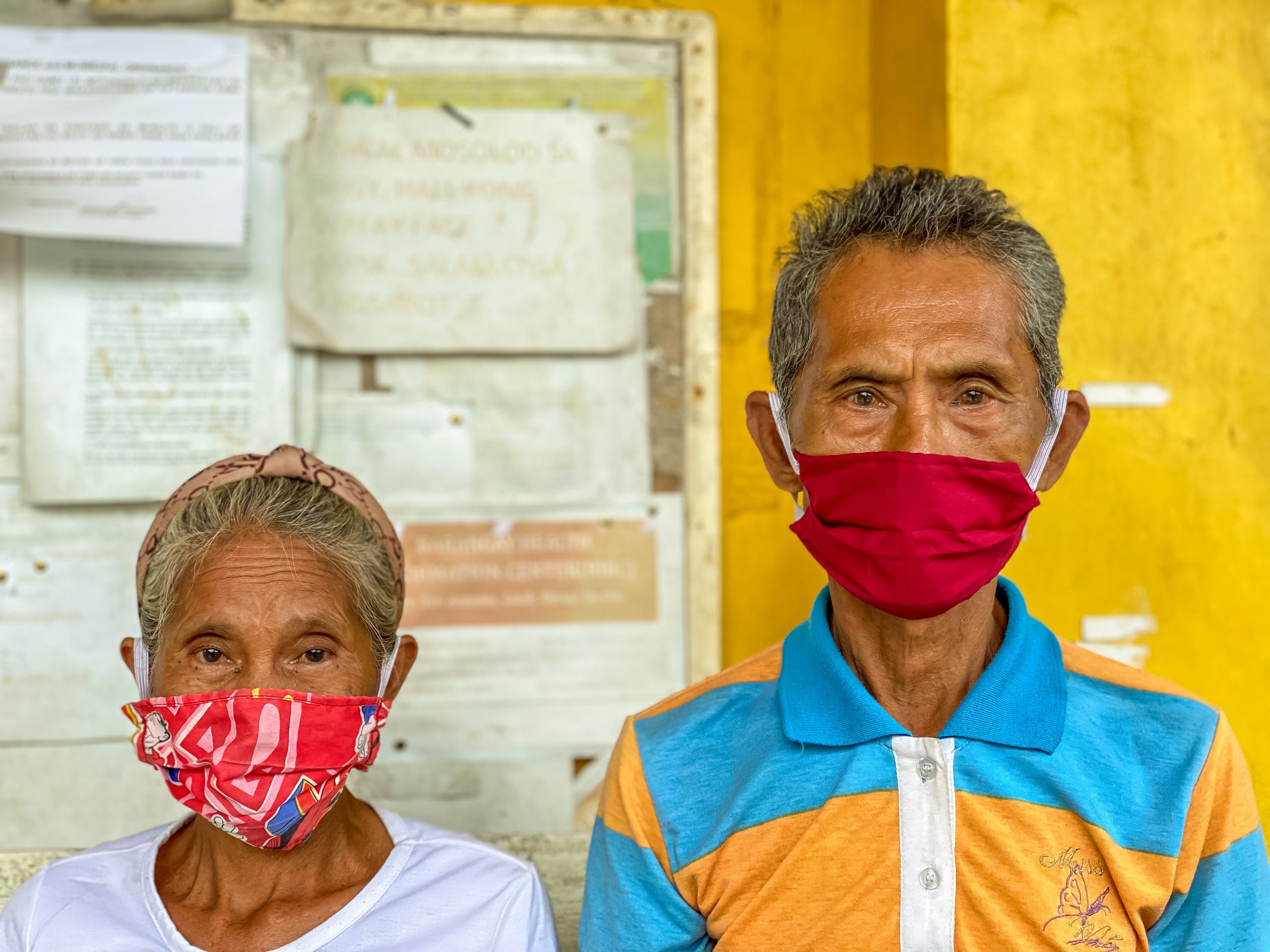
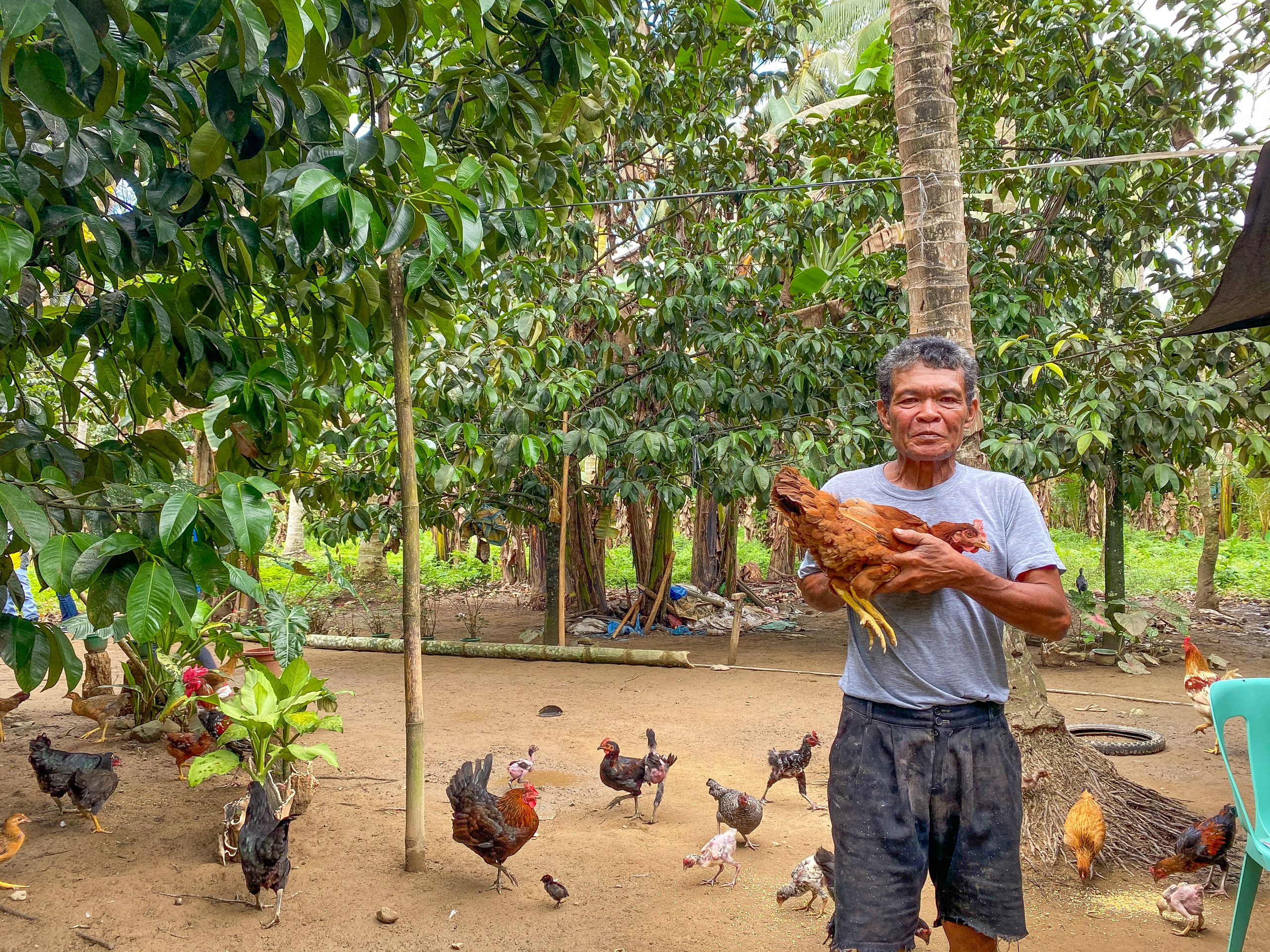
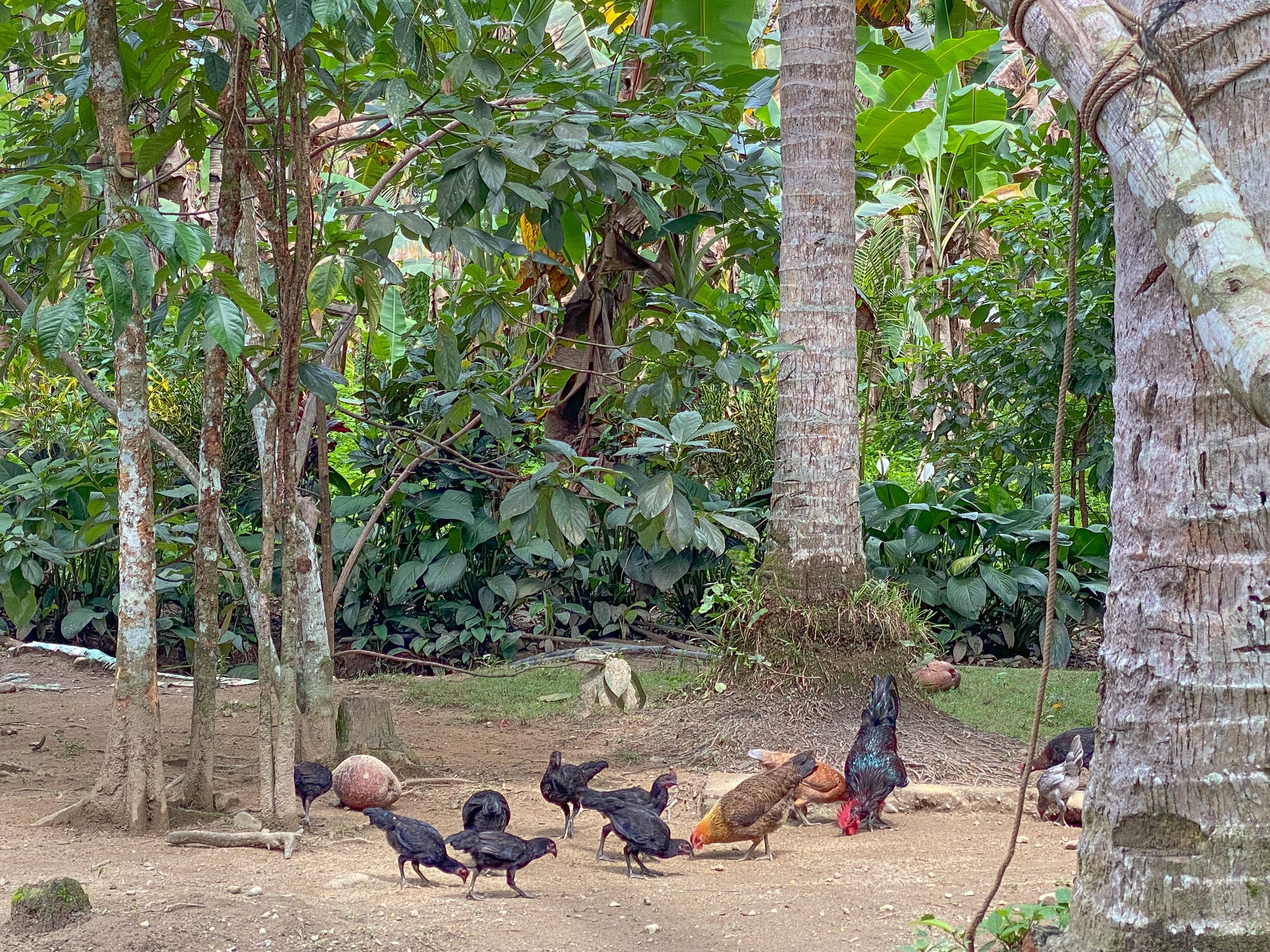
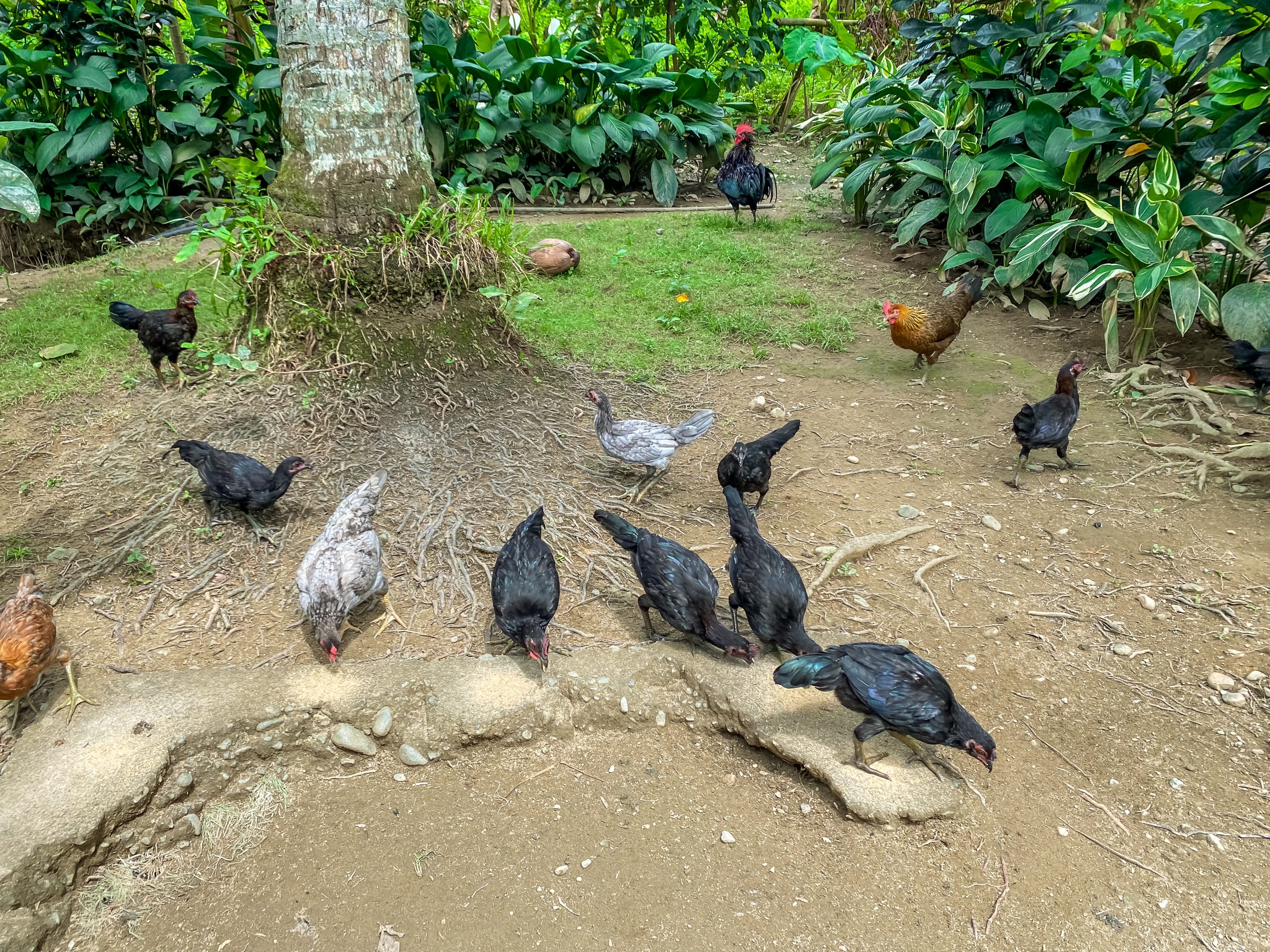
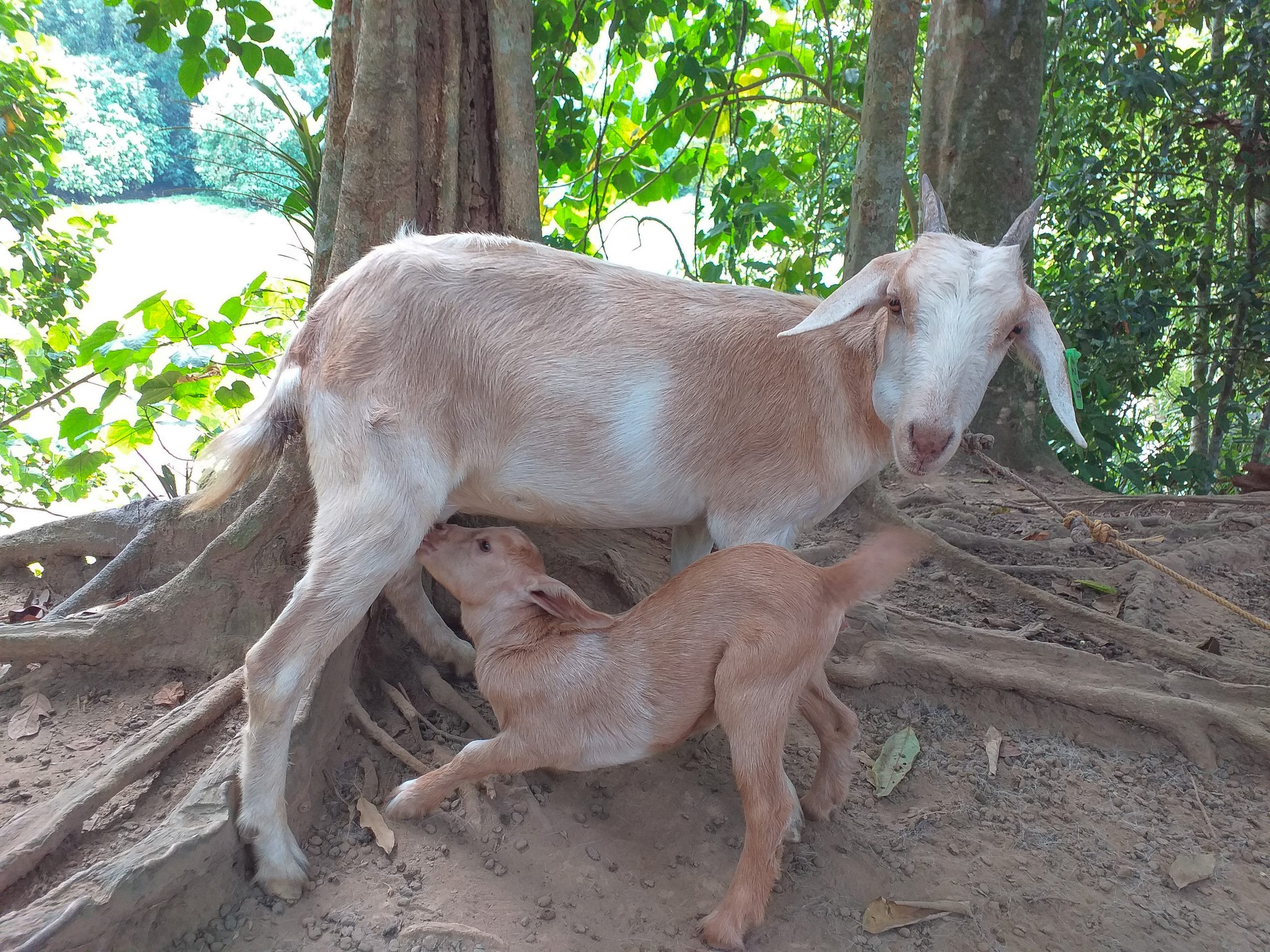
Comments (0)